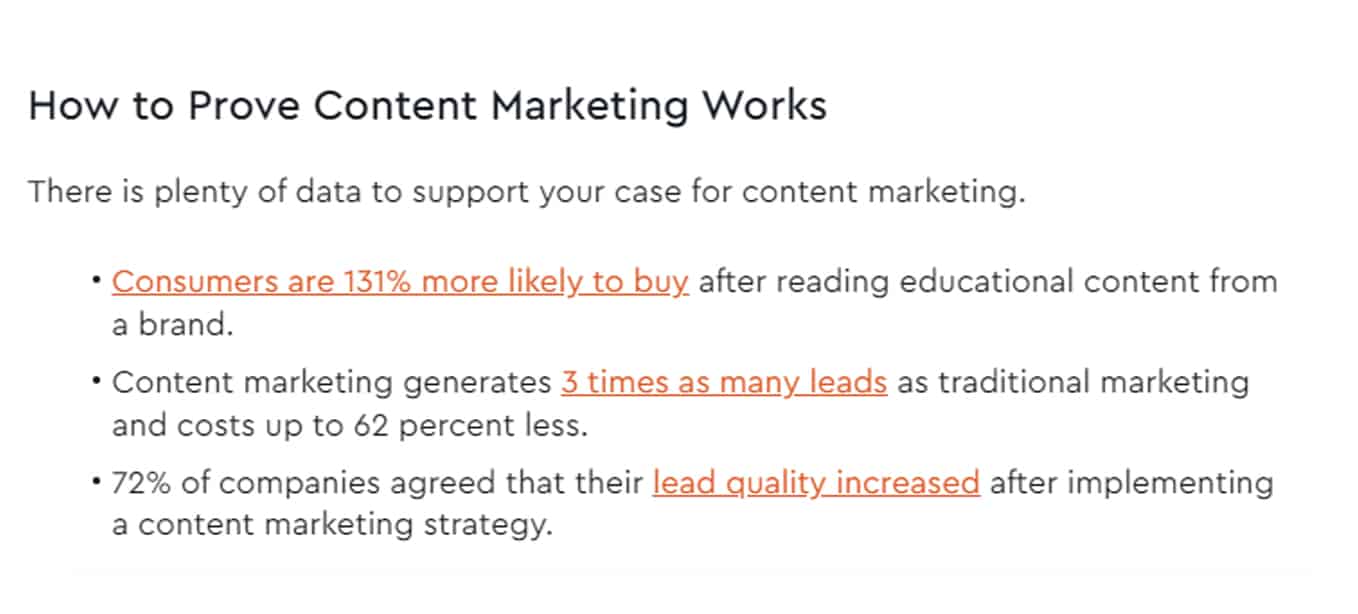It’s obvious.
Search Engine Marketing and Optimization have taken the marketing scene by storm.
Fortune 100 Companies wouldn’t spend hundreds of millions of dollars on paid search if it wasn’t working.
With so many agencies and in-house departments fighting for the same clients, it’s crucial to differentiate yourself as a thoughtful, strategic resource that your target customers will find invaluable.
The competitive digital marketing environment demands savvy marketers with modern skills, knowledge and experience.
To stand out against the rest, you need to rank up the necessary skill trees of a prominent marketing niche referred to as Search Engine Marketing (SEM).
It's different but intertwined with Search Engine Optimization.
Keep reading to find out how they're related but distinct.
SEM incorporates analytical, technical and creative disciplines that can position you as a trusted adviser to businesses that need a boost— not just another vendor trying to sell the same old marketing package.
That being said, SEM is a crucial weapon that all webmasters should keep sharpened in their digital marketing arsenal.
1. So, What is SEM in 2022?
SEM is marketing strategies that use search engine optimization (SEO) techniques to drive targeted traffic to your website with paid ads.
This can include pay-per-click ads in search (Google Ads), display advertising (images, videos, etc.), content marketing (websites), email marketing and social media marketing.
Some marketers also include website redesigns in their definition of SEM.
However, this is a larger investment that extends beyond a paid strategy.
SEM is a subset of digital marketing, which is a subset of marketing as a whole.
It offers an opportunity for marketers to reach new audiences for their clients and themselves over the interwebs on Google and Bing.
(And it’s proving to stimulate quite the return on investment!)
2. Why It’s Important to Have an SEM Strategy
Successful marketing and branding is all about telling a compelling story and addressing the pain points and needs of your target customer.
Well, with the abundance of content available, how do you make yourself heard above the noise?
If you do SEM right, it can help you build a strong brand and generate traffic to your website with the goal of converting visitors into leads and customers.
It can help you stand a little taller above the rest.
But any fool can run a PPC campaign and bid money for clicks and ad positions.
The real work begins when users reach your site and ask themselves, “What now?”
Because any SEM strategy can go terribly wrong if your website isn’t accessible, readable, and visually appealing.
You need to deliver.
This is content marketing at its core. “It’s your job to be useful.”
It’s hard to convert users that are bored to death by the lack of aesthetic on your site.
Or if there isn’t anything of value: just sales pitch after sales pitch.
SEM strategies will definitely bridge the gap between you and the distant, Google-searching user.
However, it’s up to you to call them to action.
3. Know Your Audience: Find Your Users' Intent
Understanding who you are marketing to (your target audience) will help you design a more effective strategy.
The most efficient way to generate leads and sales with SEM and pay-per-click campaigns is to identify the user intent behind each search term your audience enters into Google.
Keyword Research Pt. 2: How to Find Keywords for Your Website - 1.3. SEO Course by Ahrefs
And here’s one on search intent:
Keyword Research Pt 1: How to Analyze Searcher Intent - 1.2. SEO Course by Ahrefs
This stuff is SEO gold.
These systems of understanding user intent from the best in the business will equip you with the data you need to create or overhaul your SEM strategy and arm your content with the necessary appeal to satisfy searchers.
4. Develop a Content Marketing Strategy
The best way to optimize your SEM is to integrate content marketing and SEO tactics into your strategy from the get-go.
A thorough content marketing strategy will help you achieve your business goals by focusing on creating valuable, relevant, high-quality content that your target customers want to consume.
Like I said before, PPC is only half the battle.
Your content needs to be convincing enough for users to take action.
So, the main goal of content marketing is to attract and retain customers, and ultimately drive sales.
These stats from RightSource say it all:

Tying high click-through-rate ads to valuable content is a match made in heaven.
On that note, one of the best optimizations in SEM is to create blog posts and landing pages that tie directly back to your PPC efforts.
Be sure there is content catered tightly to the ad copy it stems from.
But again, your main focus is value.
Satisfy the user until they can’t help but enter their email in your form.
And make your forms readily available.
By integrating value seamlessly into your content, you will create a more compelling brand story.
And an authentic, rewarding user experience that naturally generates more leads or any desired outcome.
The more value you provide = the better user experience = the more effective your content will be.
It’s pretty simple.
5. Invest in Paid Advertising Knowing Its Limitations
Paid advertising can propel your impressions on search engines, but it may not always be a silver bullet.
It’s important to remember that paid advertising is still a numbers game.
You are competing with other advertisers for ad space on the SERPs, and you will likely not get the spot you want every time.
But, there are ways to increase your chances of success with paid advertising.
For example, you can boost your position by increasing your bid amount, optimizing your ad, and creating a compelling copy that targets your audience.
More on PPC ad optimization here.
Your SEM strategy should include a mix of paid and organic strategies.
Remember, SEO & PPC work hand-in-hand, but have clear distinctions.
The beauty of it is, if one strategy is not meeting your needs, the other can pick up the slack.
6. Bottom line... Proper SEM Will Propel Your Brand
You made it to the end. So, what’s the takeaway?
To illuminate yourself above other digital marketers and companies, the saturated market requires resourceful and crafty techniques to create intimate connections with consumers of your content.
By investing in search engine marketing (SEM), you can elevate yourself or the brands you represent as a thoughtful, strategic well of information that your clients and target customers will find invaluable.
SEM and SEO provide experiences to learn more about your target customers, cultivate relationships with them, and tell a compelling story that will convert more leads, drive more sales and increase loyalty to your brand.





